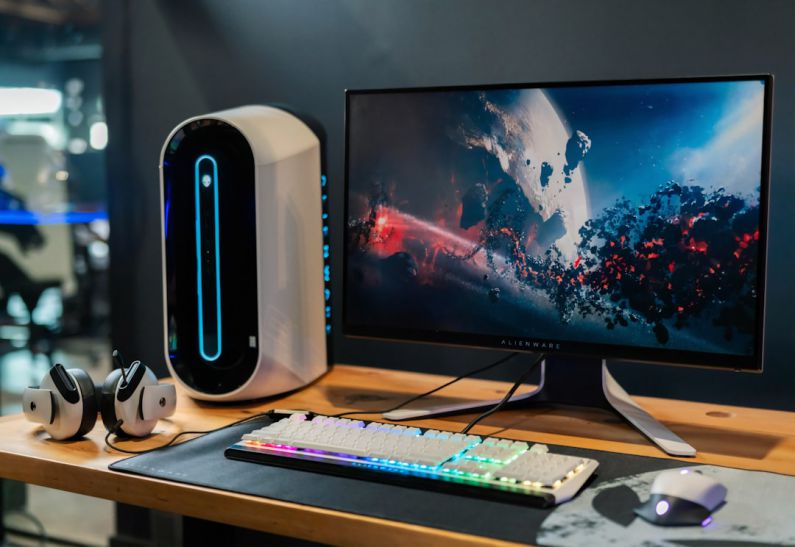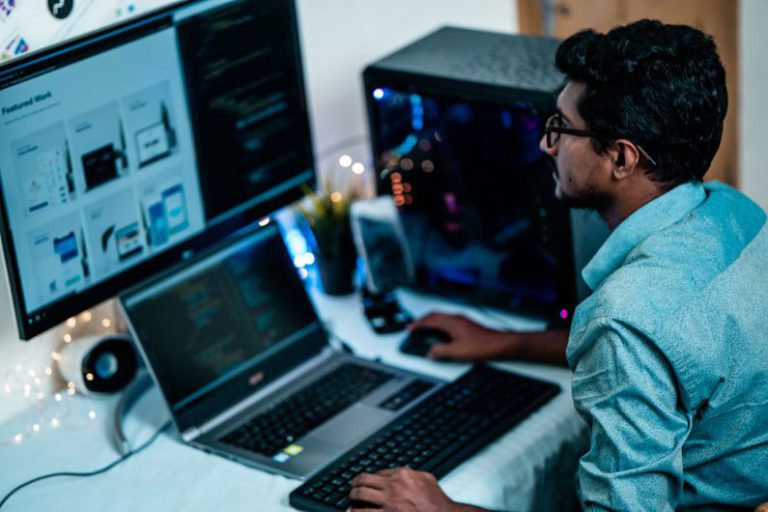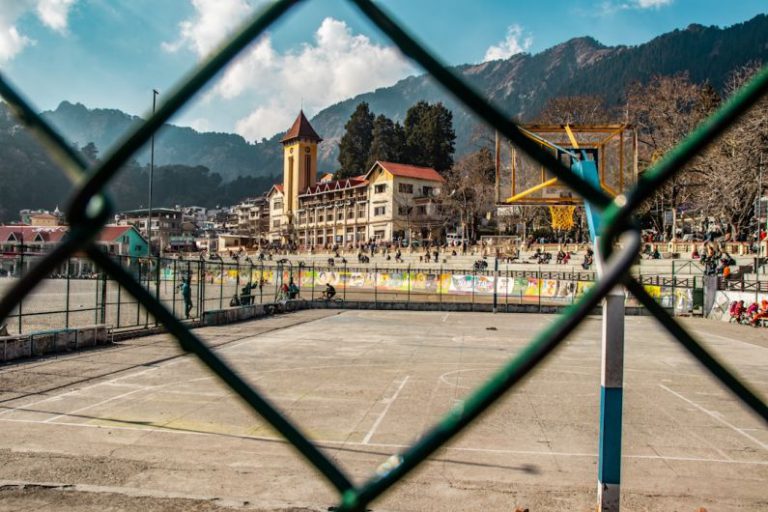How to Troubleshoot Display Issues after a New Build?
Building a new PC can be an exciting experience, but encountering display issues after completing the build can be frustrating. When the screen remains blank or shows distorted images, it can be challenging to pinpoint the exact cause of the problem. However, troubleshooting display issues after a new build doesn’t have to be a daunting task. By following some simple steps and guidelines, you can identify and resolve the issue efficiently.
Check the Connections
The first step in troubleshooting display issues after a new build is to ensure that all connections are secure. Start by checking the cable connections between the monitor and the graphics card. Sometimes, a loose cable can cause display problems. Make sure the cables are firmly connected to both the monitor and the graphics card. If you are using a dedicated graphics card, ensure that it is correctly seated in the PCIe slot on the motherboard.
Verify Power Supply
Another common cause of display issues after a new build is an inadequate power supply. If the power supply unit (PSU) is not providing enough power to the components, it can lead to display problems. Check if the PSU is compatible with your build and provides sufficient wattage to support all the components. Insufficient power can cause the graphics card to malfunction, resulting in display issues. Consider upgrading to a higher wattage PSU if necessary.
BIOS Settings
Incorrect BIOS settings can also cause display problems after a new build. Access the BIOS settings by pressing the designated key during startup (usually DEL or F2). Check the settings related to the graphics card and ensure that it is set to the correct display output. Sometimes, the BIOS may default to onboard graphics instead of the dedicated graphics card, leading to display issues. Make the necessary adjustments in the BIOS to ensure that the system recognizes the graphics card.
Update Graphics Drivers
Outdated or incompatible graphics drivers can often cause display issues in a new build. Make sure to install the latest drivers for your graphics card from the manufacturer’s website. If you are unable to see anything on the screen, you can boot into Safe Mode and uninstall the current drivers before installing the new ones. Updating the graphics drivers can resolve compatibility issues and improve display performance.
RAM Configuration
Improperly seated RAM modules or faulty RAM can also result in display problems. Check if the RAM modules are securely inserted into the DIMM slots on the motherboard. Try reseating the RAM or testing each module individually to identify any faulty RAM. Incompatible RAM configurations can also cause display issues, so ensure that the RAM is compatible with your motherboard.
Monitor Settings
Sometimes, the display issues after a new build may be related to the monitor settings rather than the PC components. Check the monitor settings, such as resolution and refresh rate, to ensure they are correctly configured. Adjust the settings as needed to match the capabilities of your monitor and graphics card.
Test with Different Components
If you have access to spare components, such as another graphics card or monitor, try swapping them out to isolate the issue. Testing with different components can help determine whether the problem lies with the graphics card, monitor, or other hardware components. If the display works with alternative components, it indicates a specific component is causing the issue.
Seek Professional Help
If you have tried all the troubleshooting steps and are still experiencing display issues after a new build, it may be time to seek professional help. A computer technician can diagnose the problem more thoroughly and provide a solution to resolve the display issues. Sometimes, the problem may be more complex and require specialized equipment to identify and fix.
In conclusion, troubleshooting display issues after a new build can be a systematic process that involves checking connections, verifying power supply, adjusting BIOS settings, updating graphics drivers, examining RAM configuration, monitoring settings, testing with different components, and seeking professional help if needed. By following these steps and guidelines, you can effectively identify and resolve display problems, ensuring a smooth and successful PC build experience.






